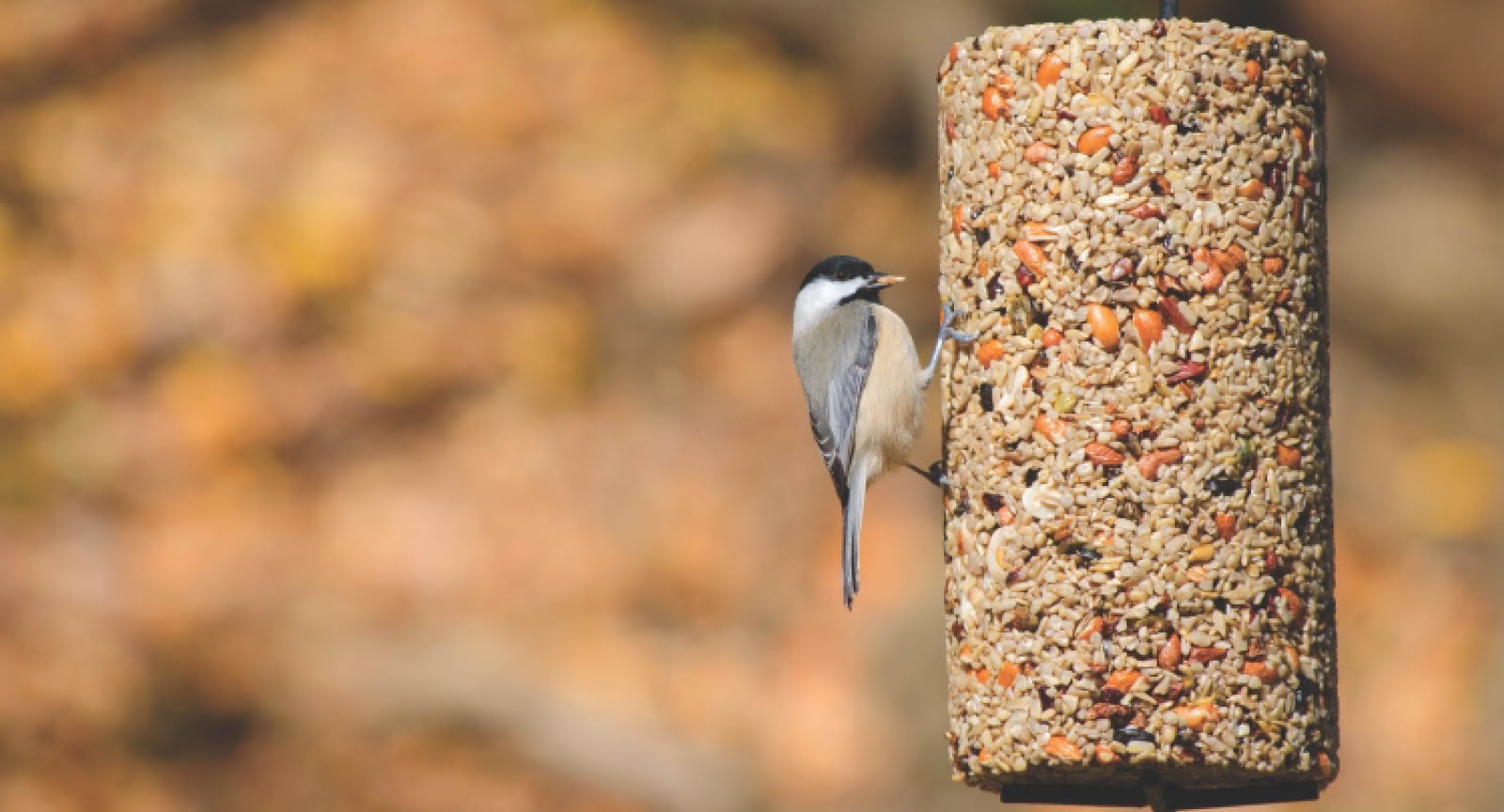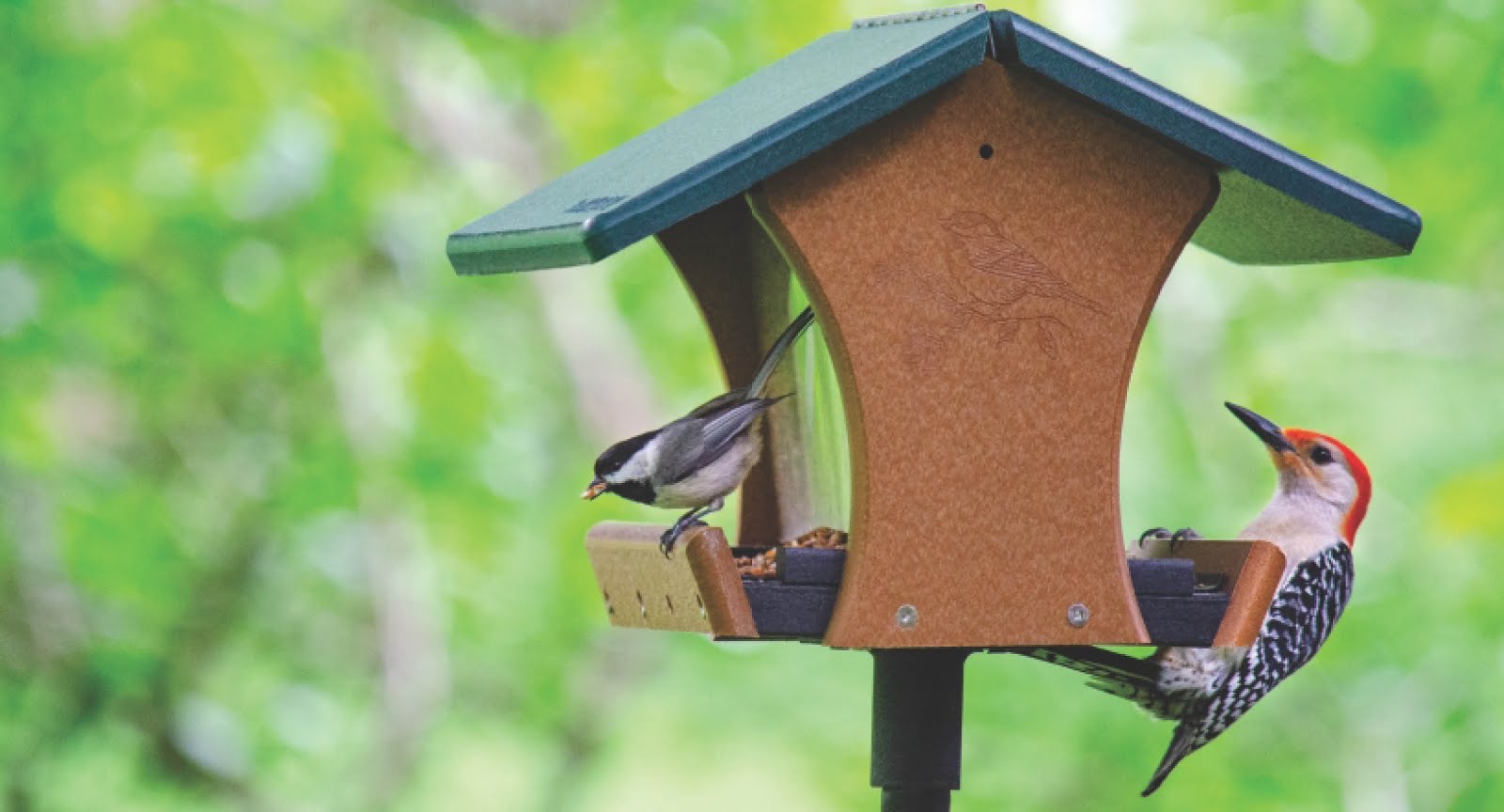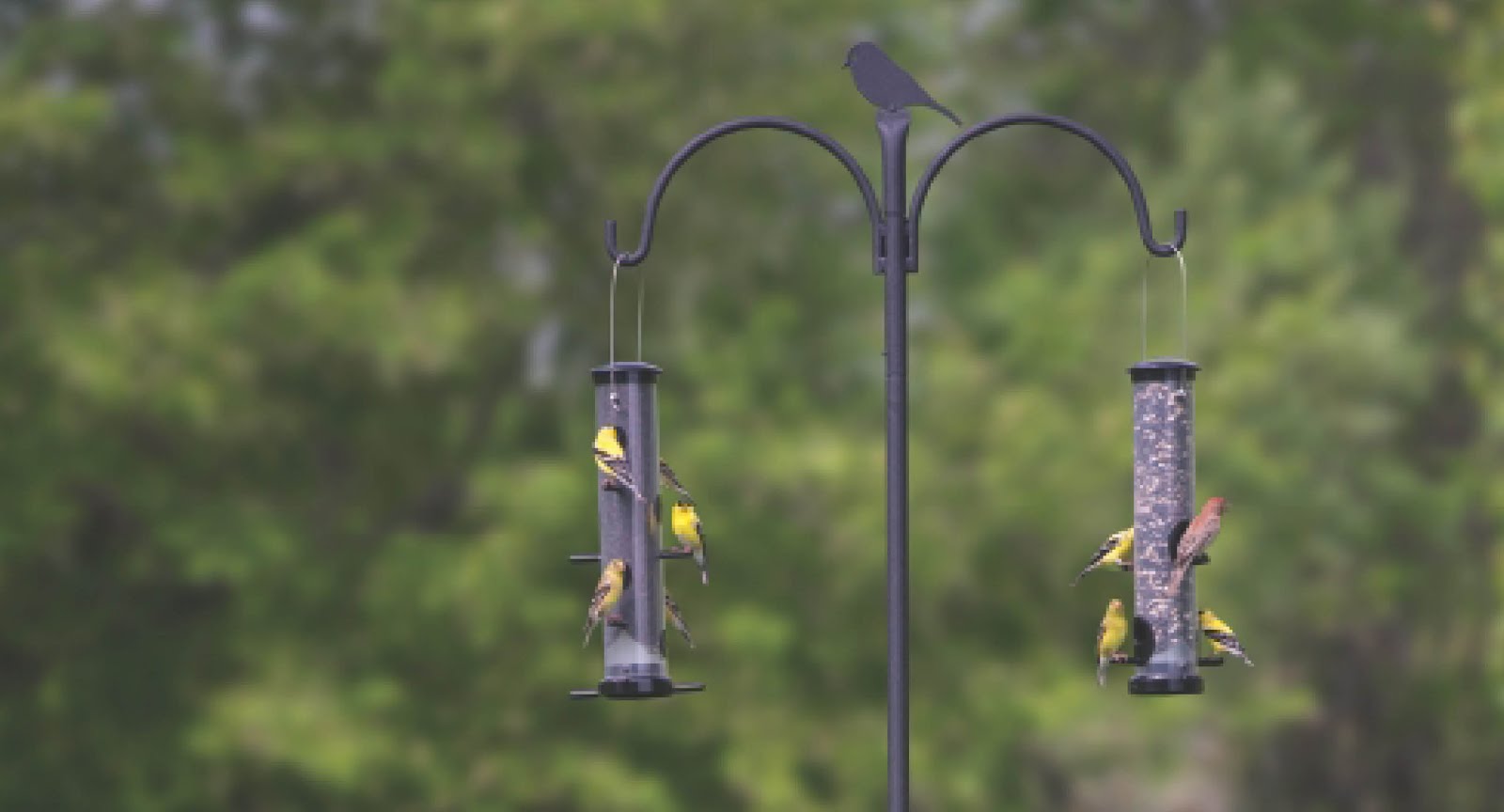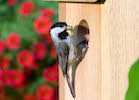
You may have noticed a lot of posts recently on social media about 'dead grass' and how it's really a rabbits nest in hiding. In fact, we posted it ourselves on our Facebook page just the other day! Since it's been such a popular topic, we thought why not delve more into these adorable backyard visitors and learn more.
The species found in that video, the Eastern Cottontail (Sylvilagus floridanus), is the most widespread in Canada. It's range covers south-eastern and south-central Canada, eastern and south-central United States, eastern Mexico, Central America and the northern most part of South America. It is quite abundant in the North American Midwest and has also been found in New Mexico and Arizona.
Cottontails can range in colour from a reddish brown to grey, but all have the trademark white cotton-ball tail after which they are named. Unlike some of our other native rabbits and hares, they do not turn white in the winter, remaining the same colour year round.
Cottontails can range in colour from a reddish brown to grey, but all have the trademark white cotton-ball tail after which they are named. Unlike some of our other native rabbits and hares, they do not turn white in the winter, remaining the same colour year round.
Here are some more fun facts about the Eastern Cottontail:
1. They are prolific breeders.
While Eastern Cottontails can have as many as 7-8 litters a year, the average number of successful litters annually is 3-4, consisting of 3-8 young each. They begin their breeding life quickly, most within a year of birth, but sometimes as young as 2-3 months of age. It is estimated that a single pair of Eastern Cottontails could potentially produce 350,000 descendants in just 5 years given optimal conditions.
2. They use camouflage and deception to hide their nests.
The female builds her nest by digging out a shallow, slanting hole and then lines it with grass, leaves, and her own fur. Nests are usually constructed in grassy areas and from above appear to be nothing more than a patch of dead grass, leaving no hint of what lies beneath.
In an effort to draw as little attention as possible to the nest, mom only visits twice a day (dusk and dawn) and nurses the babies while standing over the hole (they reach up to suckle), keeping them concealed from view. Their mothers milk is so rich she only needs to feed them twice a day.
3. They poop twice and sometimes pee blue.
Eastern Cottontails actually produce two different types of droppings. The first is soft and green in colour and is re-ingested (eaten) so that the rabbit can digest it more thoroughly, ensuring they get all possible nutrients. The second is small and hard and is only waste, having had all the nutrients extracted from it.
Another neat fact, occasionally, their pee can actually turn blue after being exposed to the sunlight. Why? Check out a previous blog post for more details on this cool phenomenon.
.jpg) |
| Blue Eastern Cottontail Pee next to Rabbit Scat |
4. They avoid predation with speed and caution.
The Eastern Cottontail has many enemies to worry about - foxes, coyotes, hawks, owls, cats, dogs, weasels and snakes. Their best method of defense is their ability to remain unseen. These rabbits are crepuscular (active mostly in twilight hours), and spend most of the dangerous daylight hours resting in shallow depressions or under vegetation to avoid detection.
When danger is near, they can remain absolutely still for up to 15 minutes. If this does not work, the Eastern Cottontail will suddenly dash away at speeds up to 24 km/h, running in a zig-zag pattern to make its scent trail that much harder to follow as they outrun their enemies and escape danger.
5. Babies are not actually called bunnies.
 |
| Eastern Cottontail |
Just in case you missed it, here is the video that's been making the rounds, it's a great reminder of how nature takes care of itself, even when we might think otherwise. :) I hope you enjoyed this quick look into the Eastern Cottontail!
~ Jen
















No comments:
Post a Comment